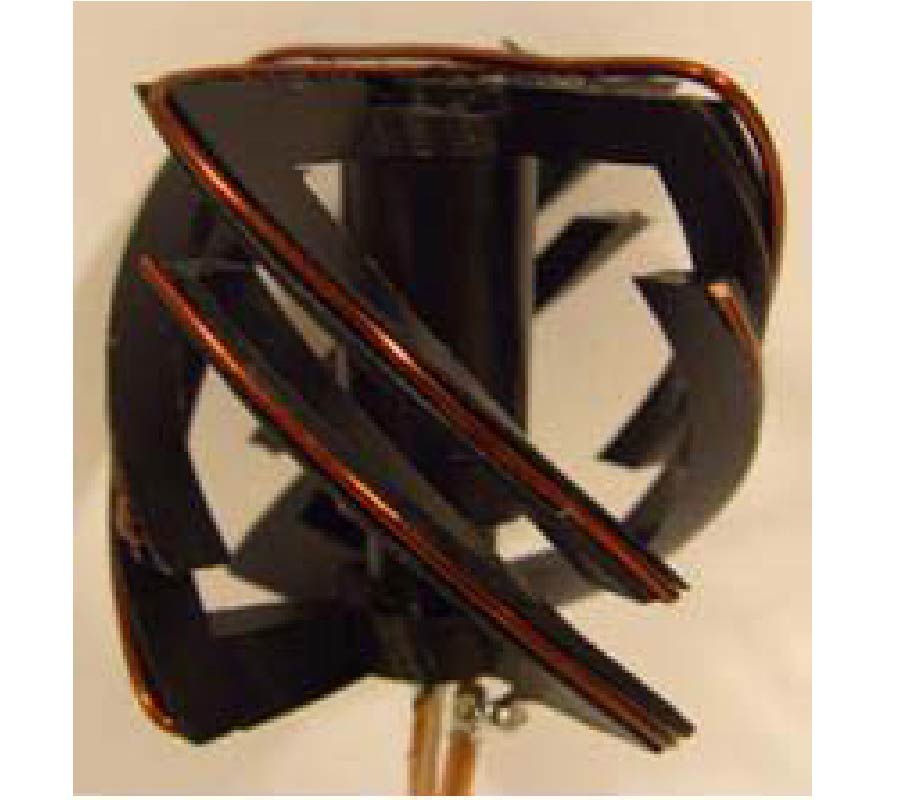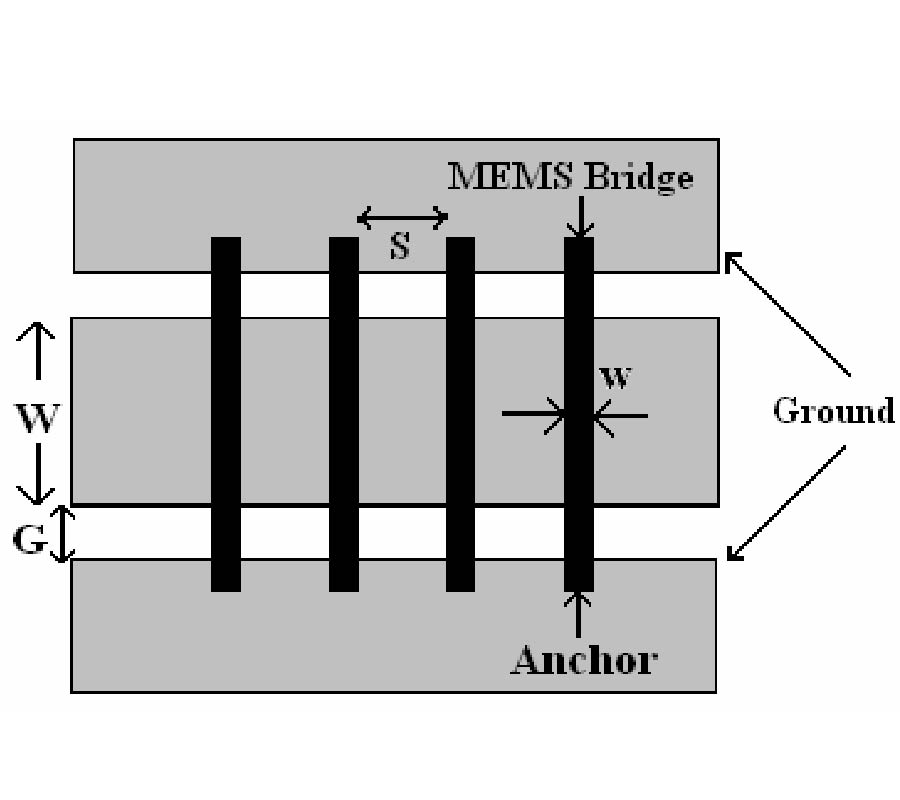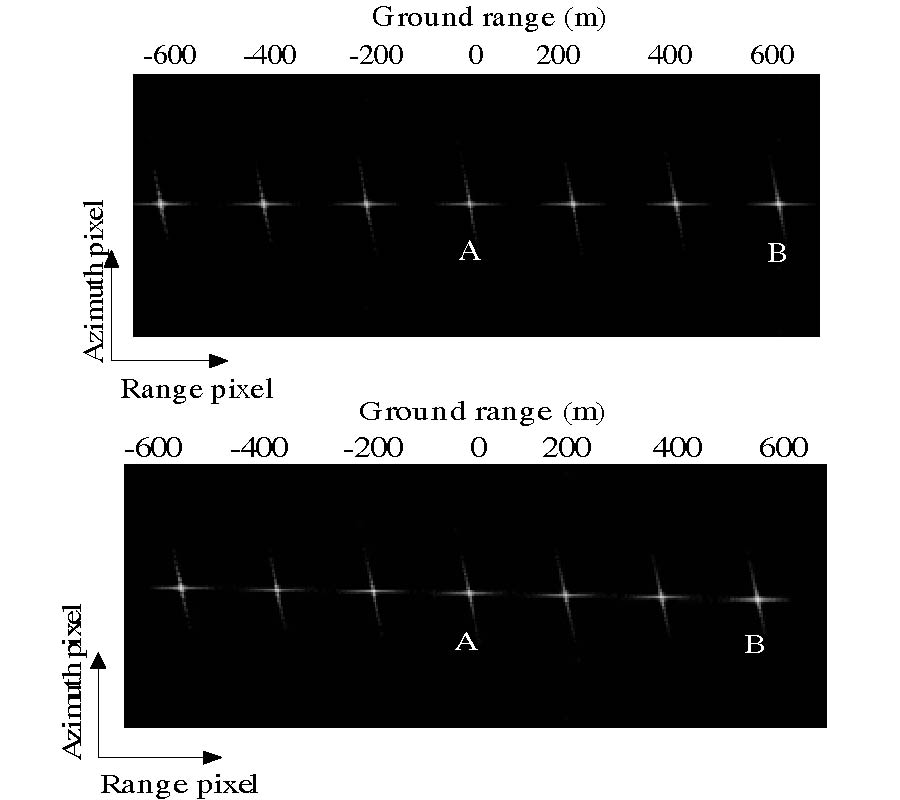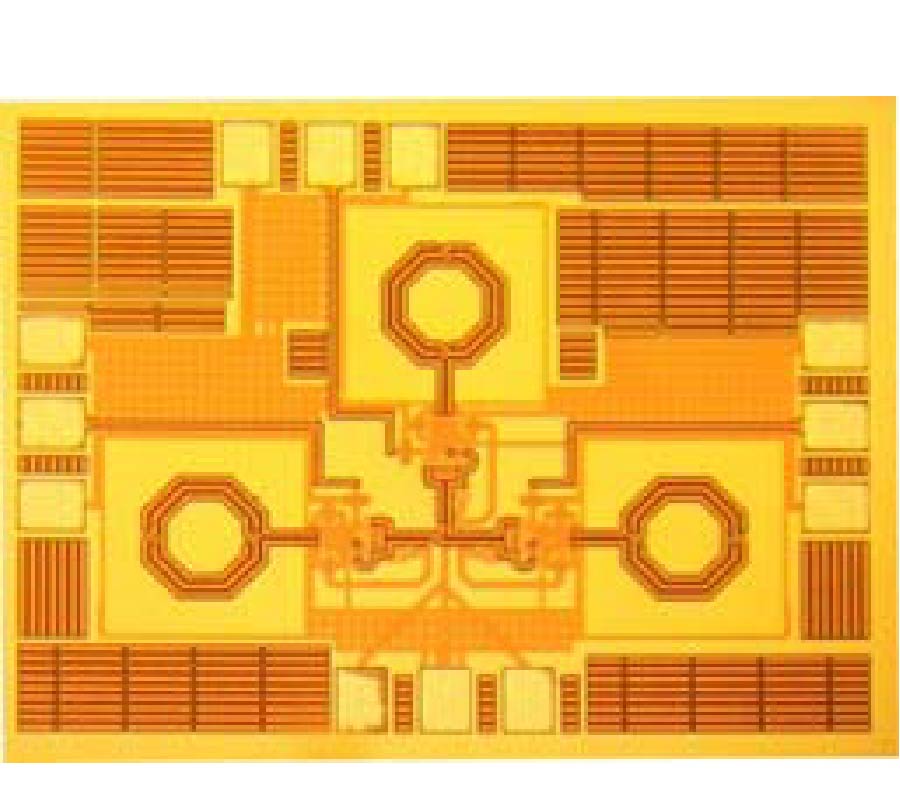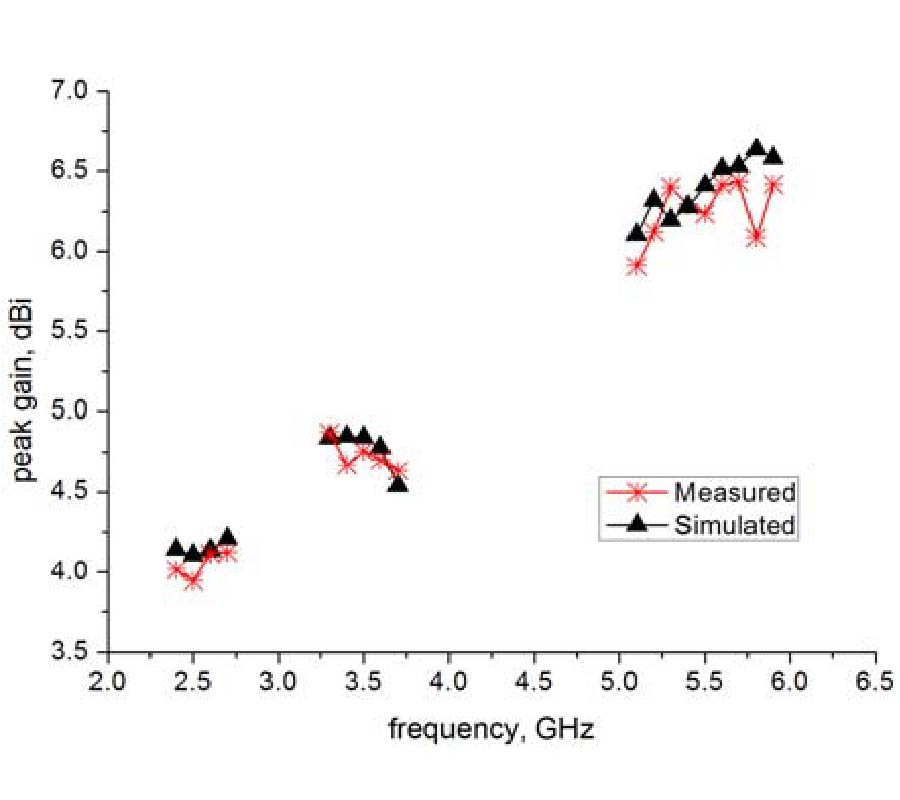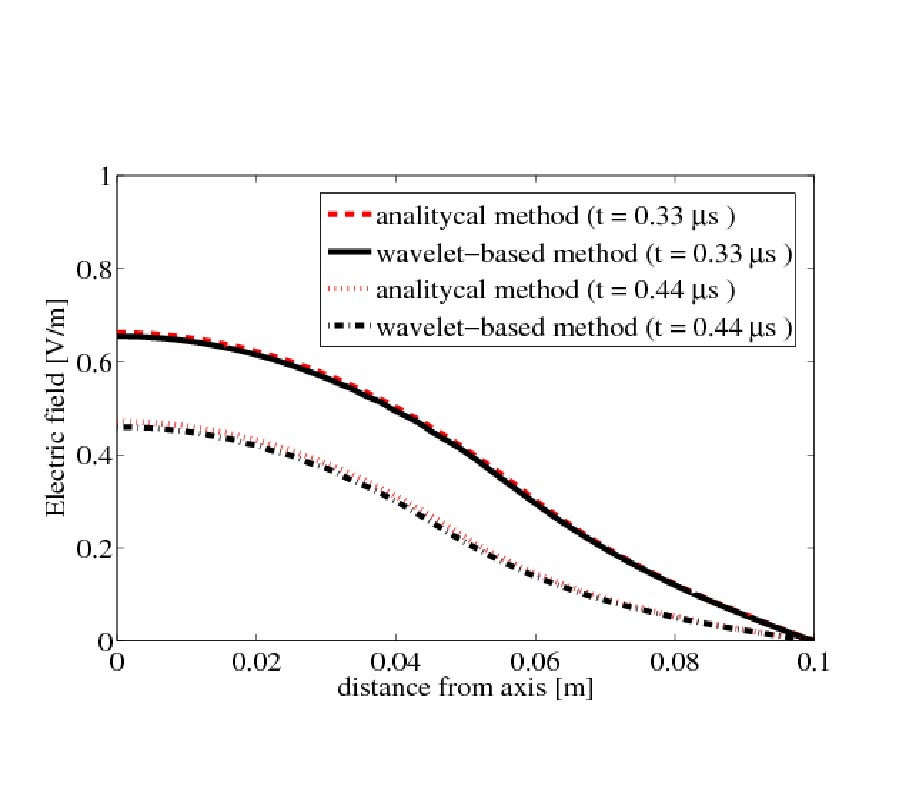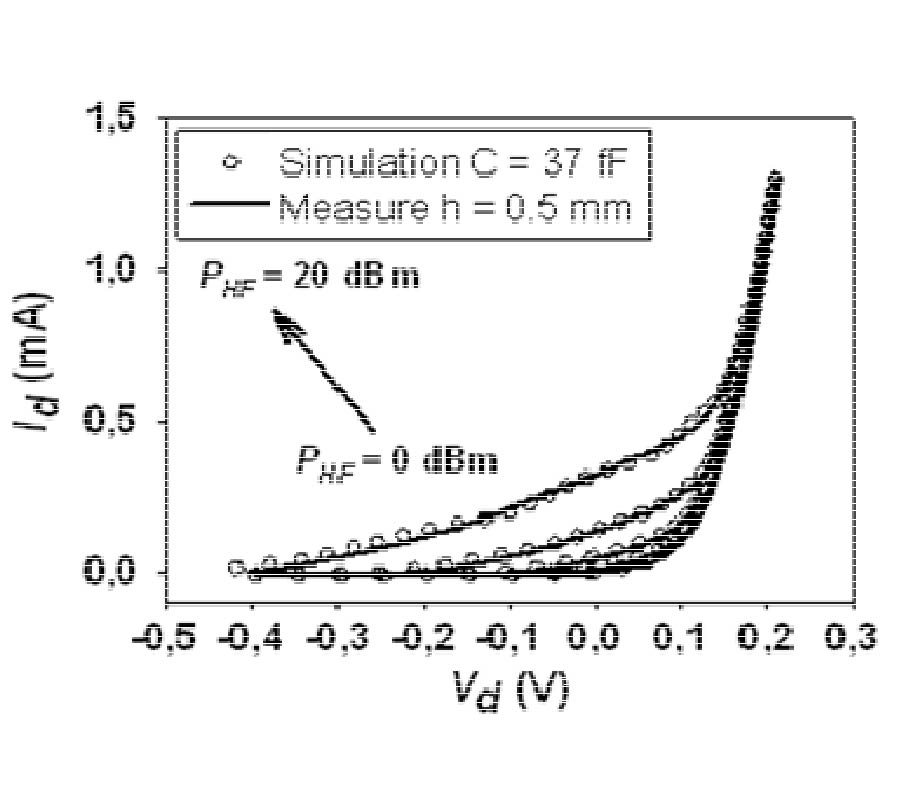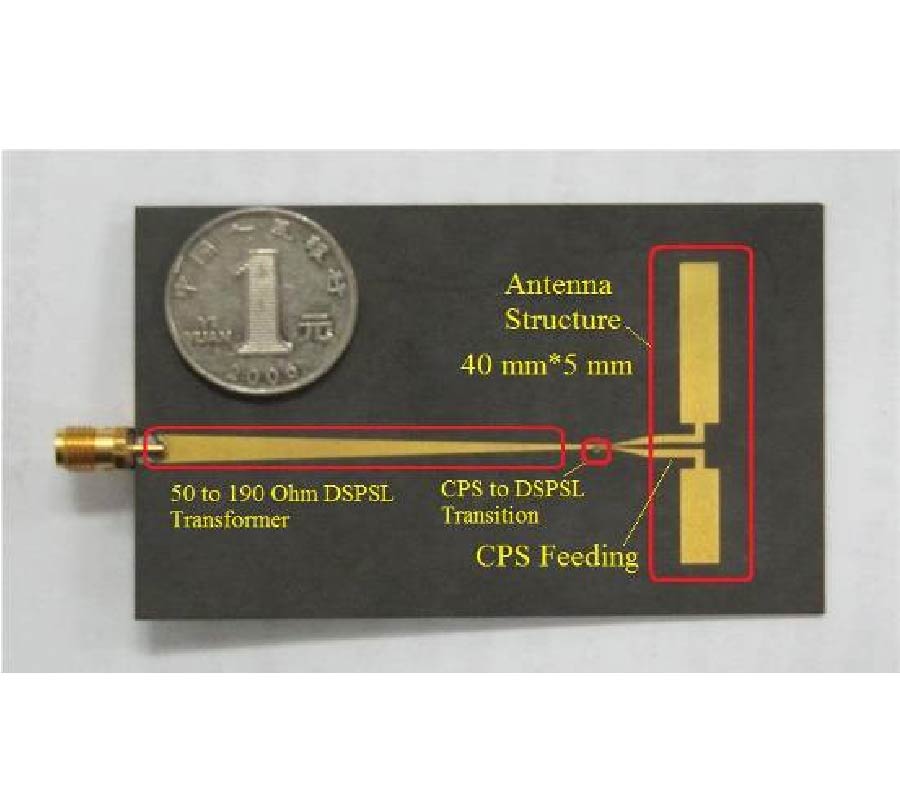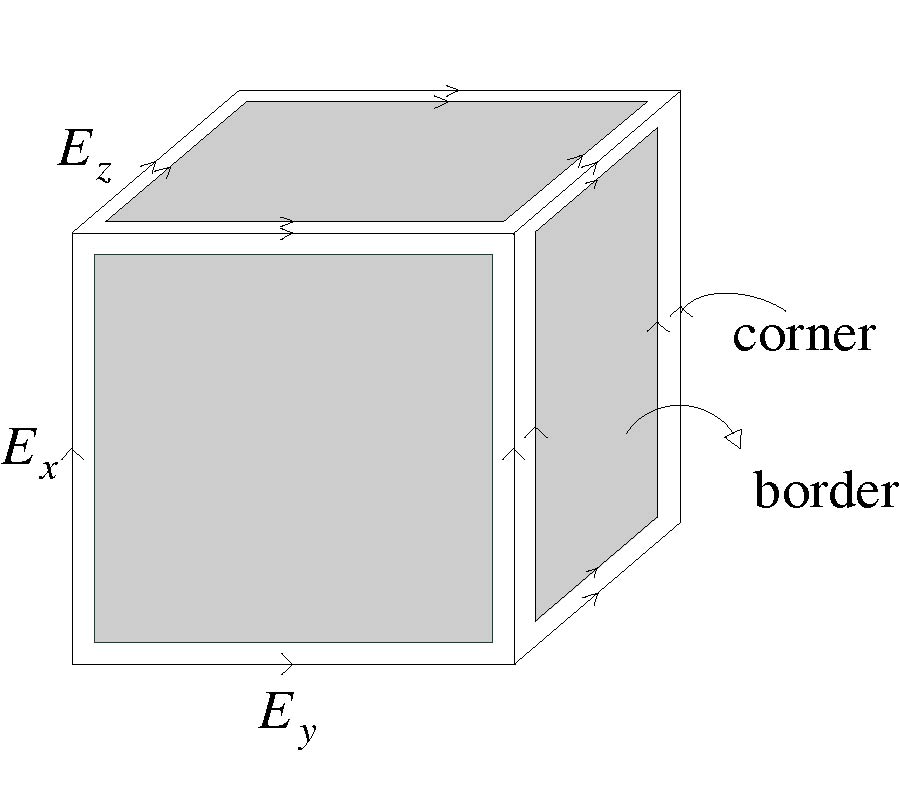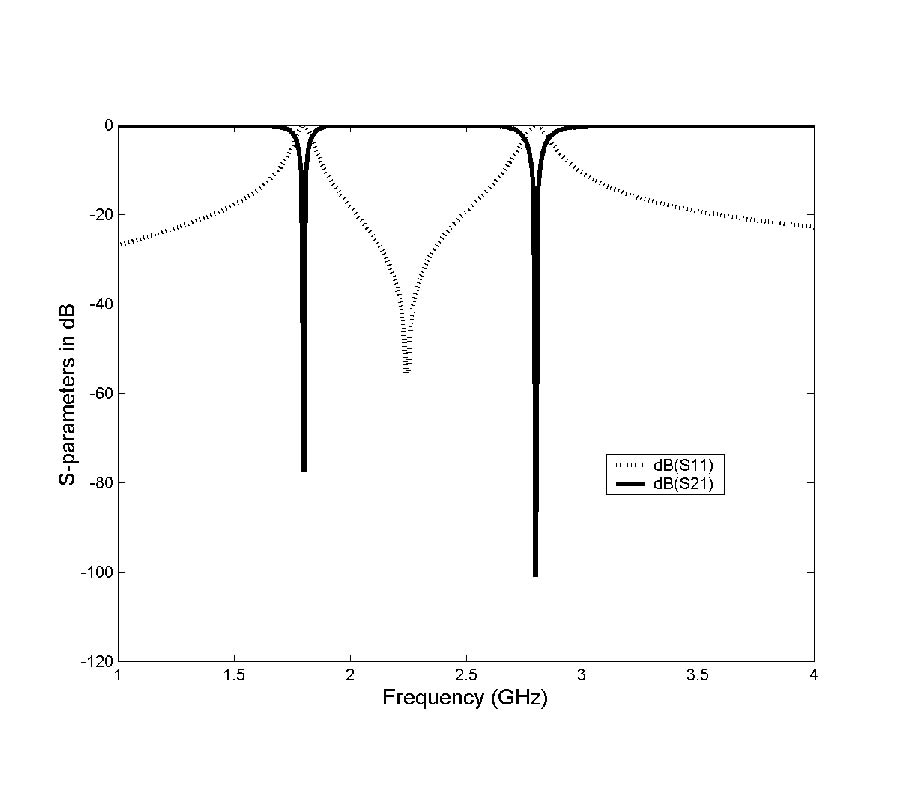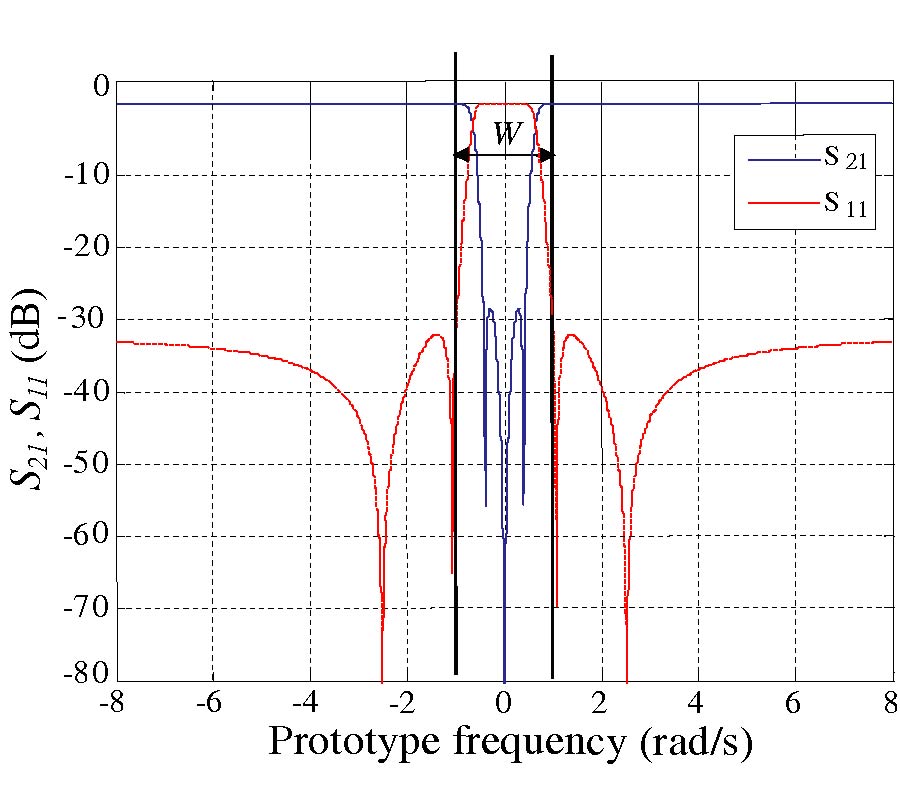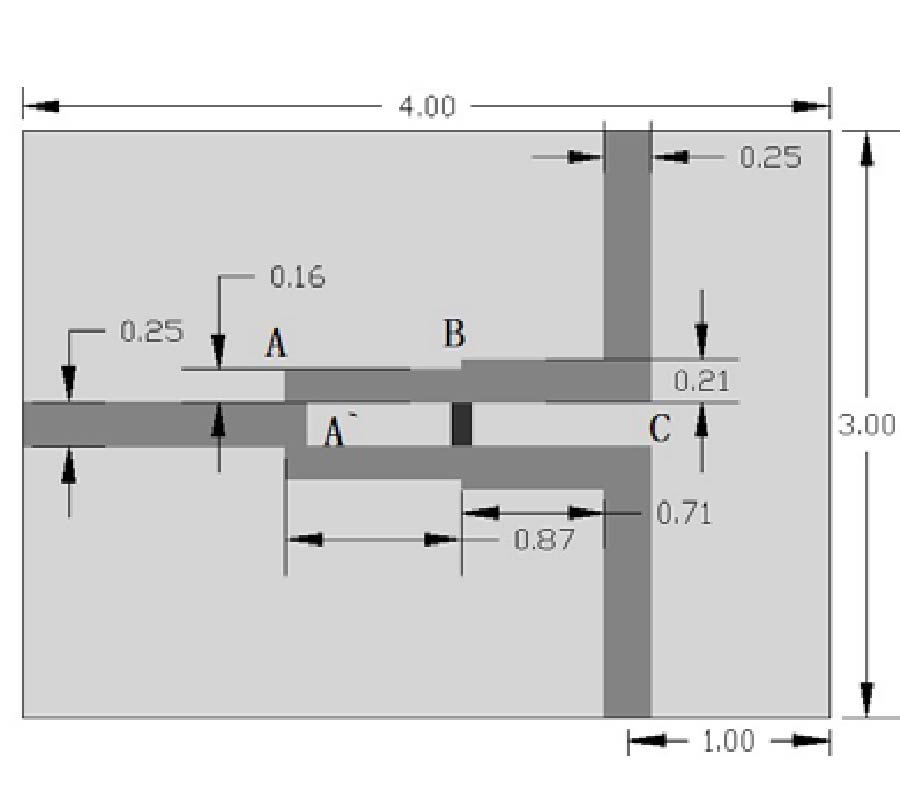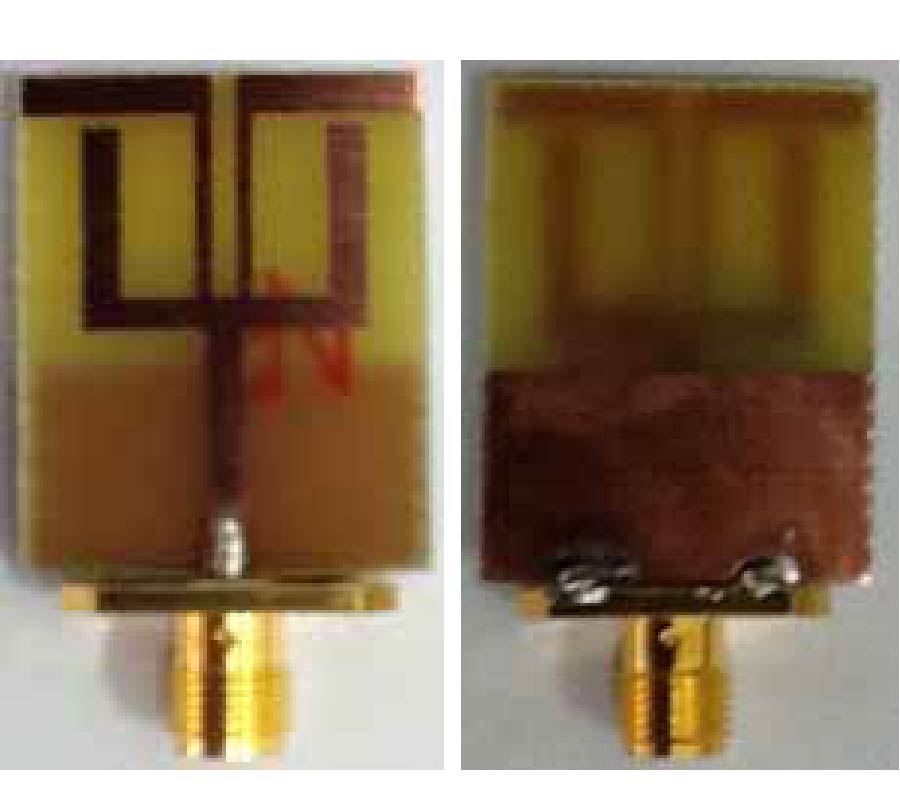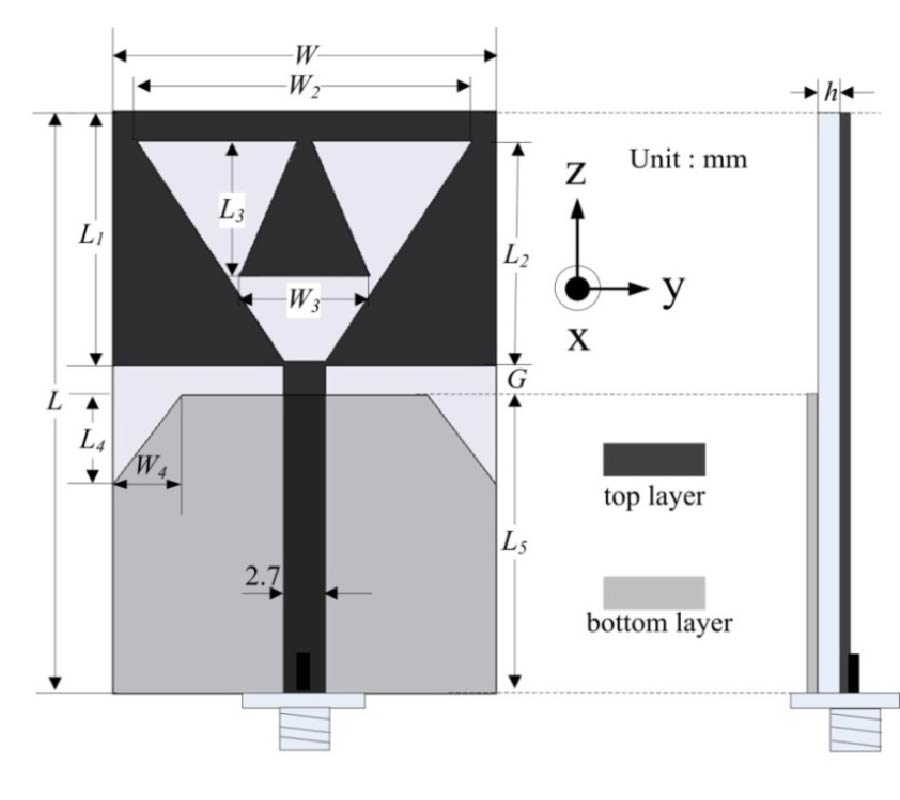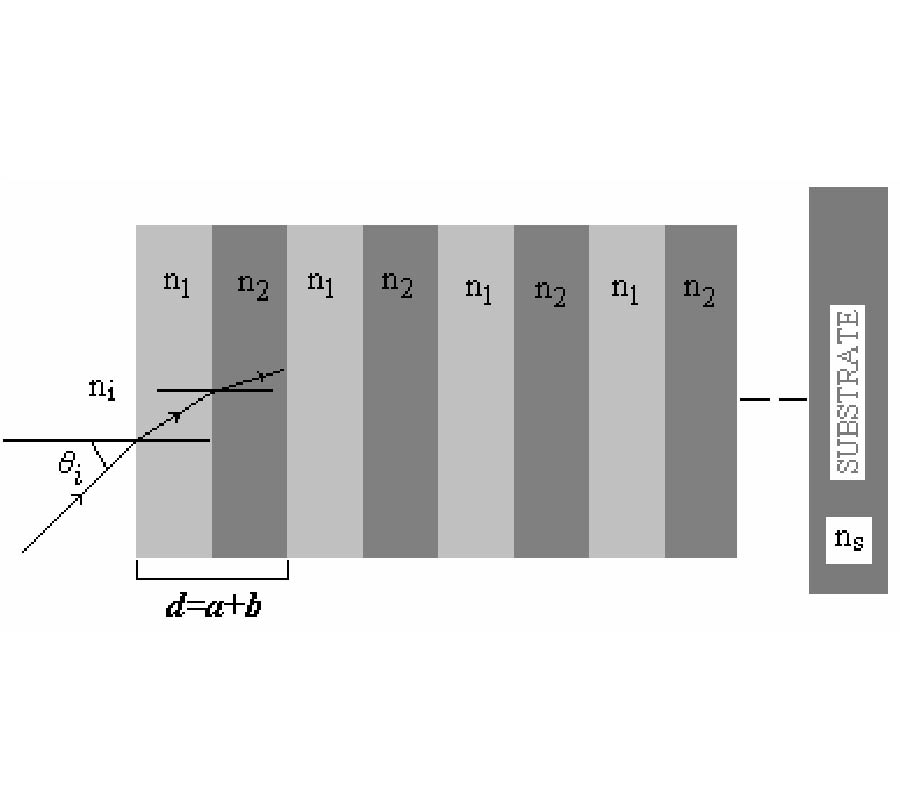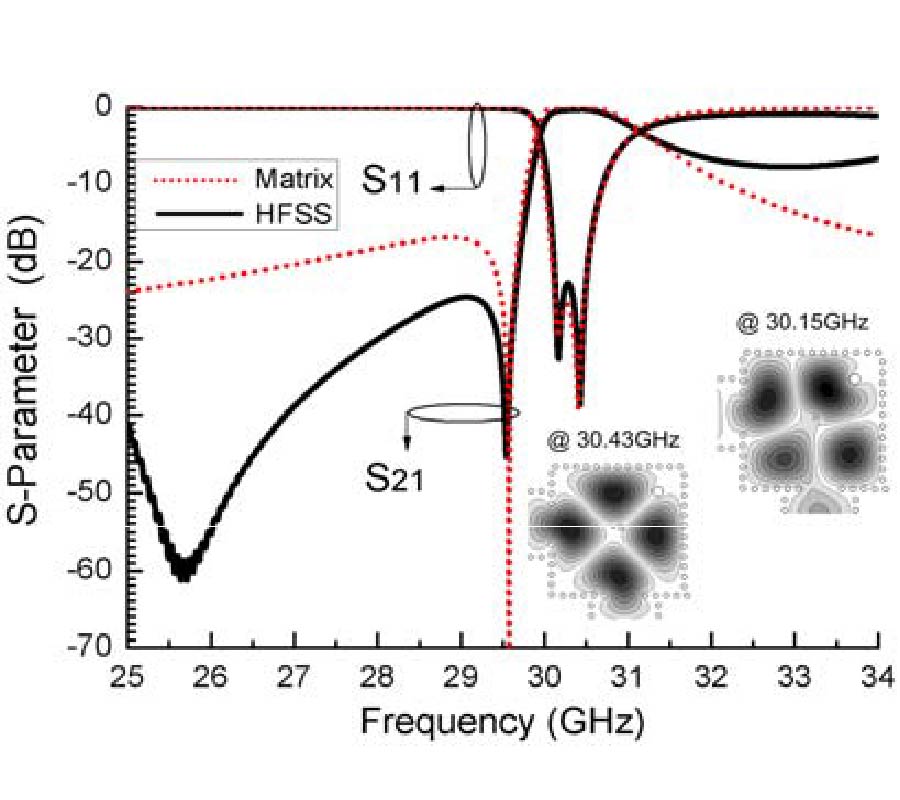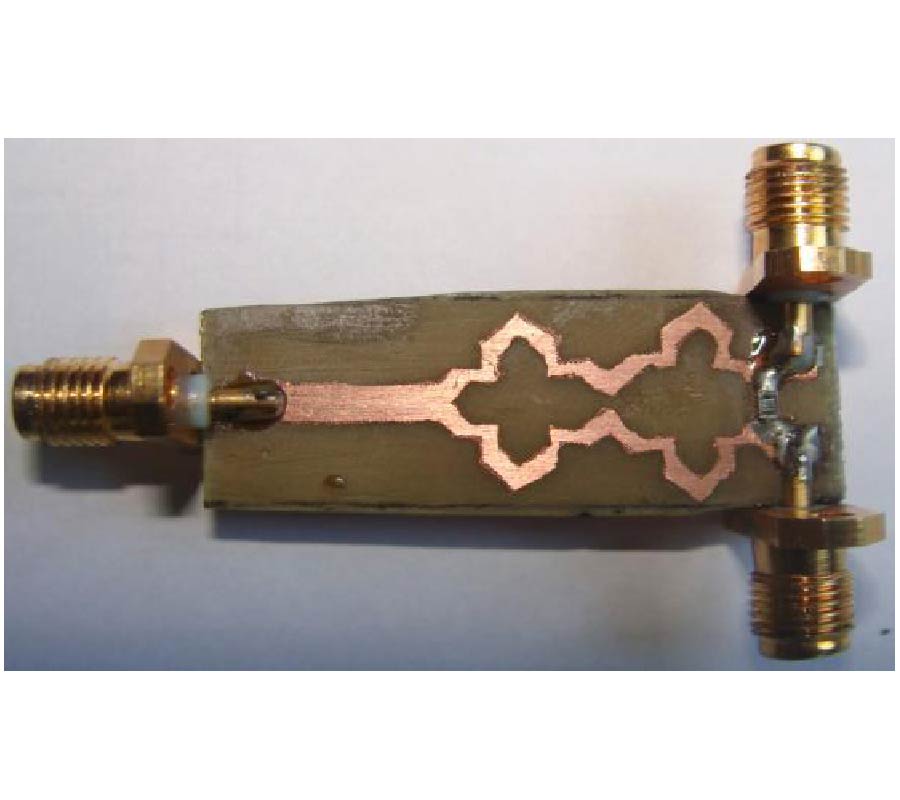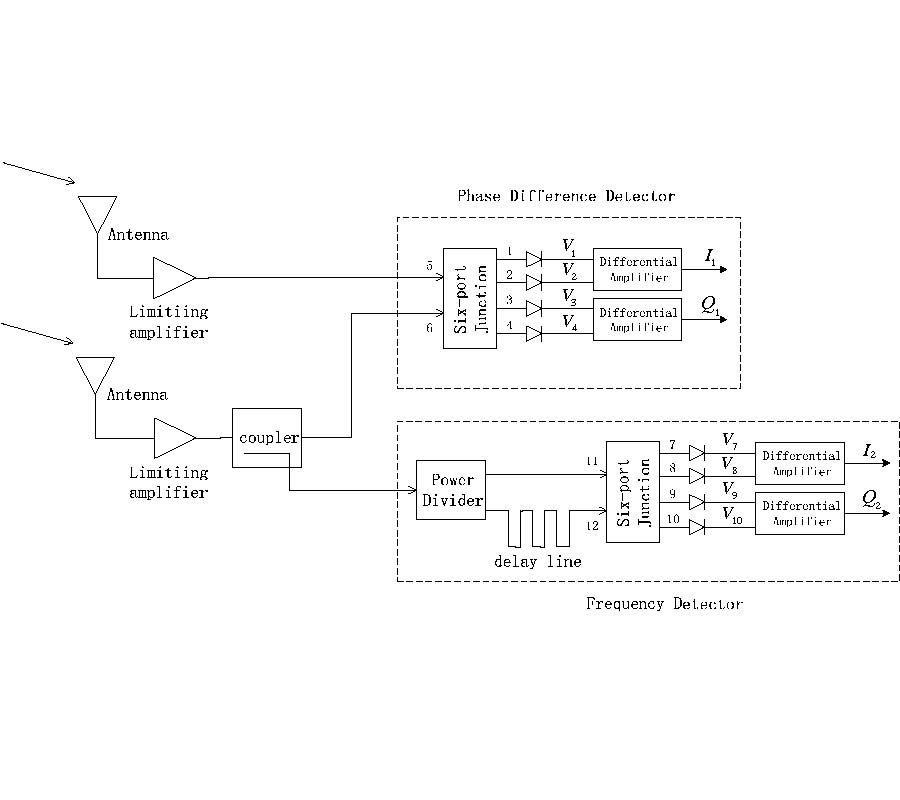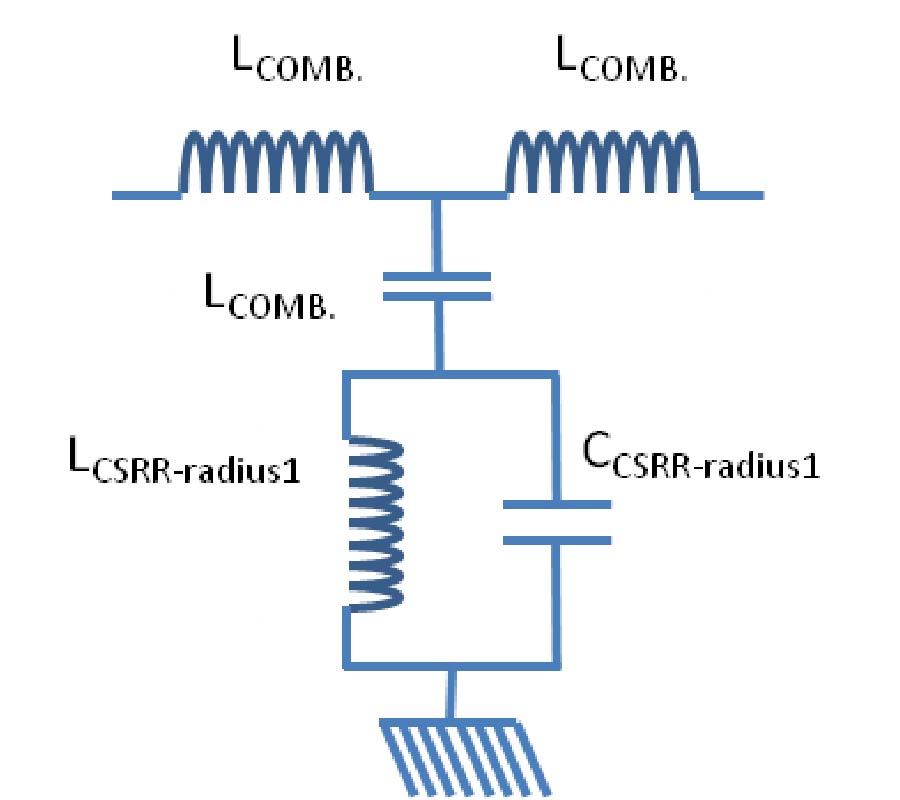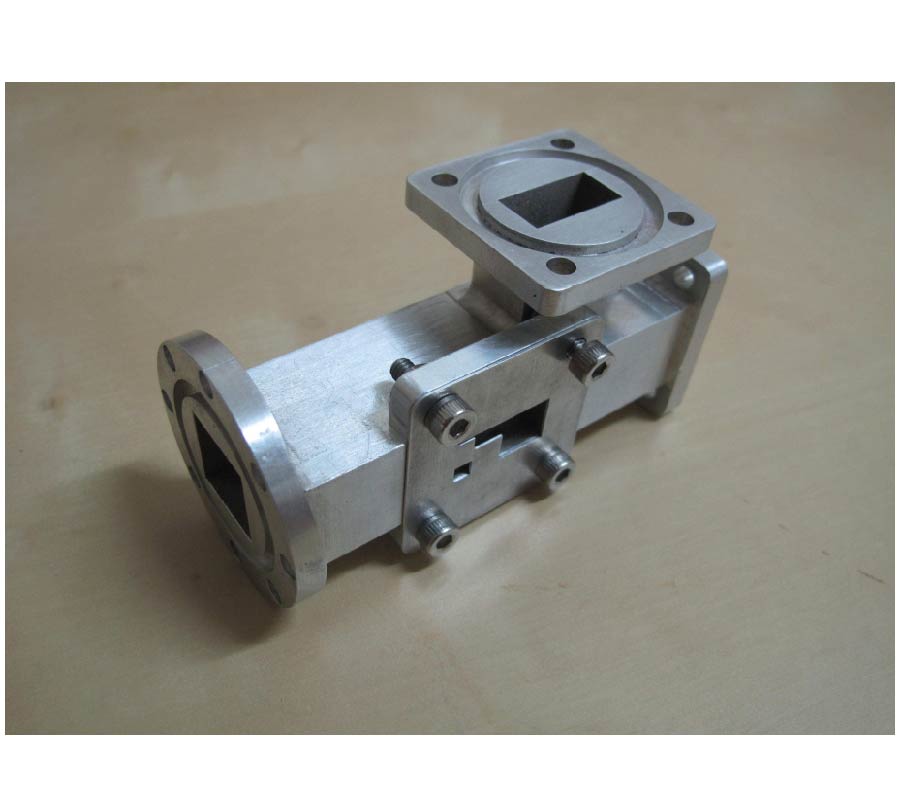Experimental Investigations on a Surface Micromachined Tunable Low Pass Filter
Vittal Janardhana
,
Naga Sayanu Pamidighantam
,
Neela Chattoraj
,
Jibendu Roy
,
Srinivasa Kuppireddi
and
Raghavendra Govindra Kulkarni
In this paper, a surface micromachined microwave tunable low pass filter, consisting of tunable shunt capacitors and series inductors, has been realized. The filter exhibits insertion loss of less than 1 dB (up to 10 GHz), stop band attenuation of 20 dB at 20 GHz, and cut-off frequency is changed to 8 GHz with the application of DC actuation voltage in the structure. The filter has an overall dimension of 5.5 mm x 2 mm. The characteristics of tunable filter are investigated with and without packaging.
